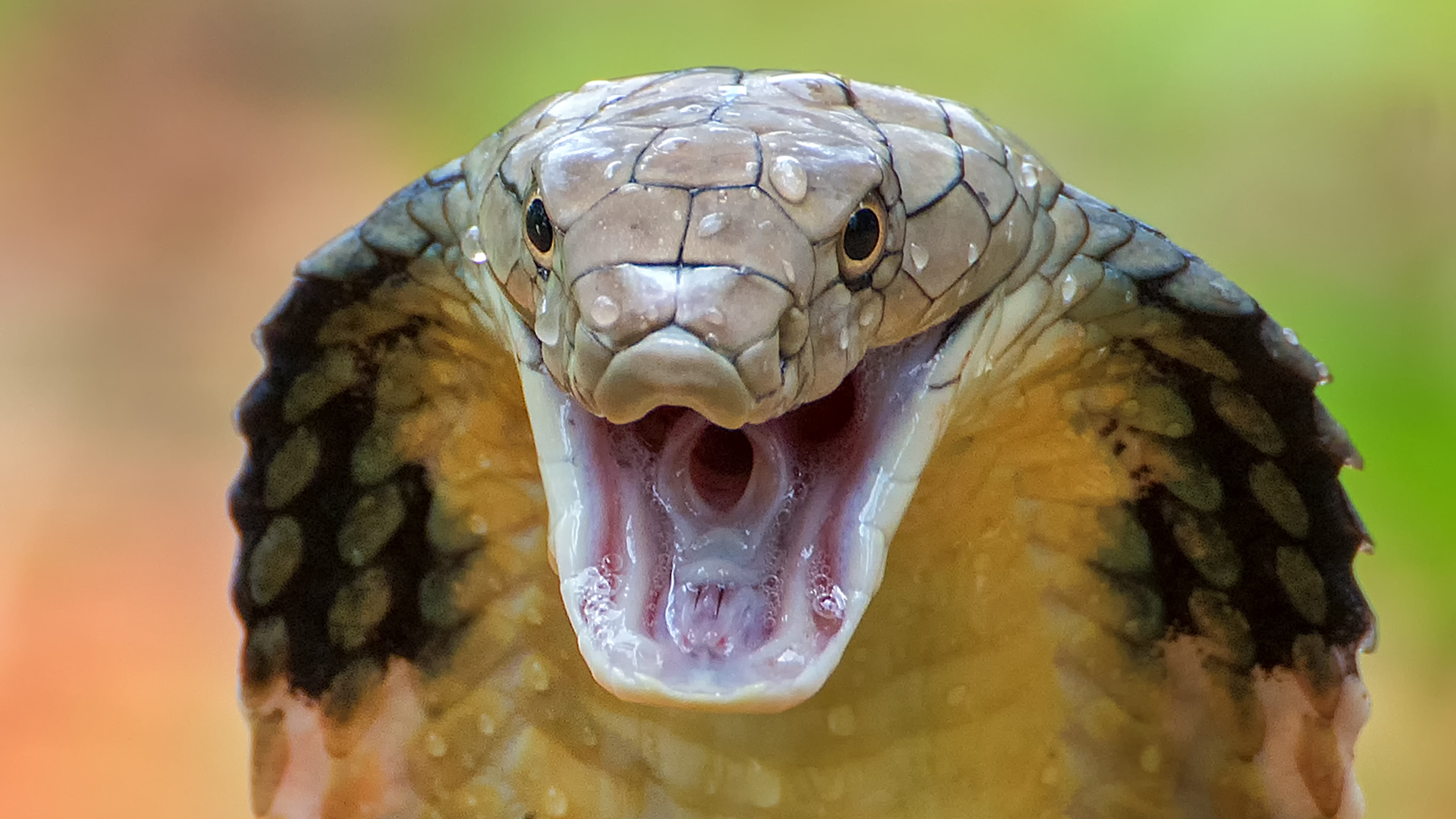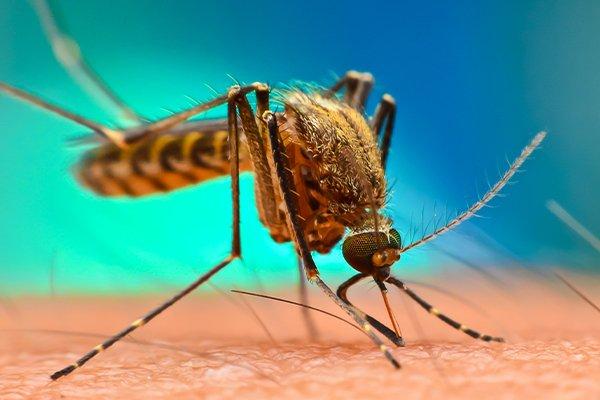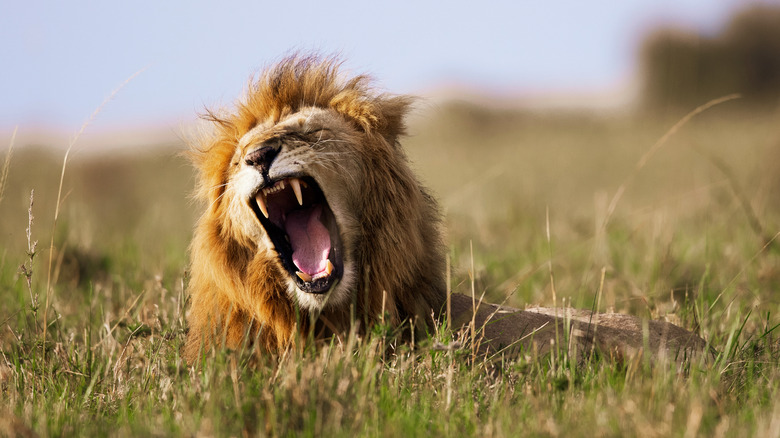The realm of the world’s most dangerous animals is a gripping topic that pulls you into the heart of nature’s untamed power. This exploration uncovers what makes certain creatures so formidable, diving into the raw forces of wildlife that demand awe and caution. Think venom that can stop a heart, jaws that crush bone, or sheer predatory instinct honed over millennia. From ocean depths to dense jungles, these animals rule their domains with unmatched strength or deadly precision.
Some wield toxins that paralyze, others rely on brute force, and a few are deceptively small yet catastrophic in impact. This topic isn’t just about fear it’s about understanding the incredible adaptations that make these creatures thrive. Perfect for wildlife buffs, thrill-seekers, or anyone curious about nature’s darker side, it offers vivid insights into survival tactics, evolutionary marvels, and tips for steering clear of trouble in the wild. Get ready to discover the untamed beauty and raw danger of the planet’s most lethal inhabitants, all while marveling at the complex balance of life.
The Top Ten Most Dangerous Animals In The World
10. Lions: Apex Predators of the Savanna

Lions reign as iconic predators, primarily in sub-Saharan Africa, with a small population in India. Responsible for approximately 22–65 human deaths annually, their danger lies in powerful jaws and razor-sharp claws that can swiftly overpower prey. Attacks often stem from habitat encroachment, where human settlements overlap with lion territories, or when lions defend their young. Tanzania alone has seen significant incidents, with hundreds of fatalities over decades. These majestic animals hunt in prides, using teamwork to take down large prey, but human encounters turn deadly when lions feel threatened. Conservation efforts focus on creating buffer zones and educating communities to reduce conflicts. Understanding lion behavior and respecting their space are key to avoiding dangerous encounters, making awareness a vital tool for coexistence in regions where these predators roam.
9. Elephants: Gentle Giants with Deadly Strength

Elephants, the largest land animals, are typically peaceful but can become lethal when provoked, causing around 400–500 deaths yearly. Found in Africa and Asia, particularly India, they use their immense size, tusks, and trunks to trample or gore humans, often during disputes over crops or water. Habitat loss drives these conflicts, as elephants raid farmlands, leading to fatal encounters. In India, hundreds of deaths occur annually due to such clashes, highlighting the need for better land management. Their intelligence and social nature make them fascinating, but their strength demands caution. Strategies like elephant corridors and early warning systems help mitigate risks, while education empowers communities to coexist safely. Respecting their space and supporting conservation efforts are crucial for reducing the dangers posed by these awe-inspiring creatures.
8. Hippopotamuses: Aggressive Lords of the Rivers

Hippopotamuses, or hippos, are among Africa’s most formidable animals, killing about 500 people each year. Inhabiting rivers and lakes across sub-Saharan Africa, they are fiercely territorial, charging at speeds up to 20 mph on land or capsizing boats in water. Their massive jaws and long canines can crush bones, making attacks often fatal. Most incidents occur when humans unknowingly enter hippo territories during fishing or bathing. Despite their herbivorous diet, their aggression surpasses many predators, earning them a fearsome reputation. Prevention involves avoiding waterways at dusk or dawn when hippos are active and using guides in high-risk areas. Conservation efforts aim to protect their habitats while educating locals about safe practices, ensuring both human safety and the survival of these powerful aquatic giants.
7. Crocodiles: Stealthy Ambush Hunters

Crocodiles, particularly Nile and saltwater species, claim around 1,000 lives annually, thriving in tropical waters across Africa, Asia, and Australia. These reptiles are masters of stealth, lying in wait near rivers or lakes to launch sudden attacks. With a bite force of 3,700 psi, their jaws ensure few survive. Victims are often caught during routine activities like fishing or washing, where crocodiles strike without warning. Their prehistoric design, with armored skin and keen senses, makes them relentless predators. Prevention strategies include fencing water sources and raising awareness about crocodile habitats. In regions like northern Australia, signage and patrols reduce risks. Understanding their behavior and avoiding murky waters are key to staying safe, while conservation balances human safety with protecting these ancient creatures.
6. Tsetse Flies: Tiny Carriers of Deadly Disease

Tsetse flies, small insects in sub-Saharan Africa, are responsible for 8,000–10,000 deaths yearly by transmitting African trypanosomiasis, or sleeping sickness. Their bites deliver parasites that cause fever, fatigue, and, without treatment, coma or death. Found in dense vegetation near rivers, these flies pose a significant threat to rural communities. Control measures include insecticide-treated traps and livestock screening, as animals also spread the disease. Medical advances have reduced fatalities, but access to treatment remains a challenge in remote areas. Public health campaigns emphasize protective clothing and avoiding high-risk zones during peak fly activity. By supporting research into vaccines and improving healthcare infrastructure, the impact of these deadly insects can be minimized, safeguarding lives in affected regions.
5. Assassin Bugs: Silent Spreaders of Chagas
Assassin bugs, prevalent in Latin America, kill 10,000–12,000 people annually by transmitting Chagas disease. These nocturnal insects bite humans, often around the face, injecting the Trypanosoma cruzi parasite. Symptoms may not appear for years, but the disease can lead to heart failure or digestive issues. Poor housing, where bugs hide in cracks, increases risk, particularly in rural areas. Prevention focuses on improving living conditions, using insecticide-treated nets, and screening blood donations to curb transmission. Early diagnosis through medical testing can save lives, though access to healthcare remains limited in affected regions. Raising awareness about these stealthy insects and supporting public health initiatives are vital for reducing their deadly toll and protecting vulnerable communities.
4. Freshwater Snails: Hosts of a Silent Killer

Freshwater snails, found in tropical and subtropical waters, cause around 20,000 deaths yearly by hosting schistosomiasis parasites. Humans contract the disease through contact with infested water, where larvae penetrate the skin, leading to chronic conditions like liver or kidney damage. Prevalent in Africa, Asia, and South America, these snails thrive in slow-moving rivers and lakes. Control efforts include treating water sources with molluscicides and providing mass drug treatments to affected populations. Access to clean water and sanitation is critical to breaking the cycle, as contaminated water perpetuates infections. Educating communities about avoiding untreated water sources helps reduce risks, while global health initiatives aim to eradicate this preventable yet devastating disease.
3. Dogs: Beloved Pets Turned Deadly

Dogs, cherished worldwide, become dangerous when infected with rabies, causing 25,000–59,000 deaths annually, primarily in Asia and Africa. Rabies, transmitted through bites, is nearly 100% fatal once symptoms emerge, making timely treatment critical. Stray and unvaccinated dogs pose the greatest risk, particularly in regions with limited veterinary care. In contrast, developed nations see fewer fatalities due to widespread vaccination and post-exposure prophylaxis. Globally, millions of bites occur yearly, underscoring the need for responsible pet ownership and stray population control. Public health campaigns promote vaccinating dogs and educating communities about bite prevention. By prioritizing affordable vaccines and accessible healthcare, the deadly impact of rabies can be significantly reduced, saving countless lives.
2. Snakes: Venomous Threats in the Wild

Venomous snakes, such as the saw-scaled viper and black mamba, kill 50,000–100,000 people yearly, with most deaths in rural Asia and Africa. Their bites deliver toxins that cause paralysis, bleeding, or organ failure, often within hours. Rural workers, like farmers, face the highest risk due to frequent encounters and limited access to antivenom. Species vary by region, but their stealth and speed make them universally feared. Prevention includes wearing protective footwear and clearing vegetation around homes. Rapid medical intervention is crucial, yet many regions lack adequate supplies or trained personnel. Education on snake behavior and habitat avoidance, combined with global efforts to improve antivenom distribution, can lower fatalities, helping humans coexist with these slithering predators.
1. Mosquitoes: The World’s Deadliest Creature

Mosquitoes, found nearly everywhere except Antarctica, are the deadliest animals, causing 725,000–1,000,000 deaths annually. They transmit diseases like malaria, dengue, yellow fever, and Zika, with sub-Saharan Africa bearing the heaviest burden, especially among children. Female mosquitoes spread parasites or viruses through bites, breeding rapidly in stagnant water. Their adaptability makes control challenging, but insecticide-treated nets, repellents, and vaccines like those for malaria show progress. Environmental management, such as draining breeding sites, is equally vital. Public health campaigns educate communities on protective measures, while research into genetic control methods offers hope. Tackling this global health threat requires sustained investment and innovation to protect millions from these tiny but catastrophic insects.




